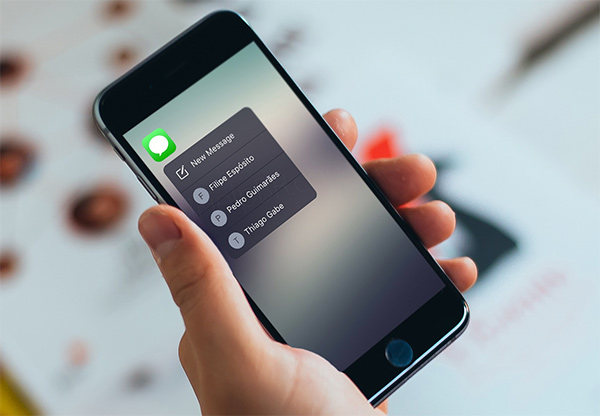Push notifications have become a powerful tool for engaging users and enhancing the overall app experience. When used correctly, they can drive user retention, boost engagement, and promote new features or content. However, poorly implemented notifications can lead to user frustration and app uninstalls. Here’s a guide on how to use push notifications effectively in your apps.

Table of Contents
Toggle1. Understand Your Audience
a. Segment Your Users
Divide your user base into segments based on factors like behavior, preferences, and demographics. This segmentation allows you to tailor your push notifications to meet the specific needs and interests of different groups.
b. Analyze User Behavior
Utilize analytics tools to understand how users interact with your app. Monitor user engagement, retention rates, and behavior patterns to identify the types of notifications that resonate most with your audience.
2. Craft Compelling Messages
a. Personalize Notifications
Personalization enhances user experience. Use the user’s name, location, or past interactions to create personalized messages. For example, “Hi Sarah, your favorite shoes are on sale!” feels more engaging than a generic message.
b. Be Clear and Concise
Keep your messages brief and to the point. Users should be able to understand the value of the notification at a glance. Use actionable language that encourages users to engage, such as “Tap to discover more!” or “Don’t miss out on this exclusive offer!”
c. Incorporate Emojis
Using emojis can make your notifications more visually appealing and relatable. They can convey emotions and context quickly, enhancing engagement. However, use them sparingly to maintain professionalism.
3. Timing Is Key
a. Consider User Context
Send notifications at times when users are most likely to engage. Analyze usage patterns to determine peak activity times for your audience and schedule notifications accordingly.
b. Avoid Overwhelming Users
Too many notifications can lead to user fatigue. Find a balance that keeps users informed without overwhelming them. Consider limiting notifications to a few key messages per week.
4. Leverage Rich Notifications
a. Use Images and Videos
Rich notifications allow you to include images, videos, or GIFs, making your messages more engaging. For instance, a promotional notification showcasing a new product with an eye-catching image can attract more clicks than a simple text message.
b. Incorporate Action Buttons
Add action buttons to your notifications to encourage immediate engagement. For example, “Shop Now,” “Learn More,” or “Reply” buttons can streamline user interactions and drive app usage.
5. A/B Testing for Optimization
a. Experiment with Content and Timing
Conduct A/B tests to identify which types of notifications resonate best with your audience. Experiment with different messaging styles, timing, and formats to optimize engagement.
b. Monitor Performance Metrics
Track key performance indicators (KPIs) such as open rates, click-through rates, and conversion rates. Analyzing these metrics will help you refine your notification strategy over time.
6. Provide Value with Notifications
a. Offer Exclusive Content
Use push notifications to deliver exclusive offers, discounts, or content to users. For example, notifying users of a limited-time sale can drive immediate action.
b. Share Relevant Updates
Keep users informed about important updates, such as new features, app improvements, or community news. This helps users feel connected to your app and fosters a sense of community.
7. Enable User Control
a. Let Users Customize Notifications
Allow users to choose which notifications they want to receive. Offering options to customize notification preferences enhances user satisfaction and reduces the likelihood of uninstalls.
b. Respect Privacy
Be transparent about how you collect and use user data for notifications. Respect user privacy and comply with regulations, such as GDPR or CCPA, to build trust.
8. Analyze and Iterate
a. Regularly Review Performance
Continuously analyze the effectiveness of your push notification strategy. Gather feedback from users and make adjustments based on their preferences and behaviors.
b. Stay Updated on Trends
Stay informed about emerging trends and best practices in push notifications. As user preferences evolve, adapt your strategy to remain relevant and engaging.
Conclusion
When implemented thoughtfully, push notifications can significantly enhance user engagement and retention in your app. By understanding your audience, crafting compelling messages, and leveraging the power of personalization, you can create a notification strategy that adds value to users’ experiences. Regularly analyzing performance metrics and adapting your approach will ensure that your push notifications remain effective and contribute to your app’s success. Remember, the key is to provide value while respecting user preferences—this balance will help you maintain a positive relationship with your audience.


No responses yet